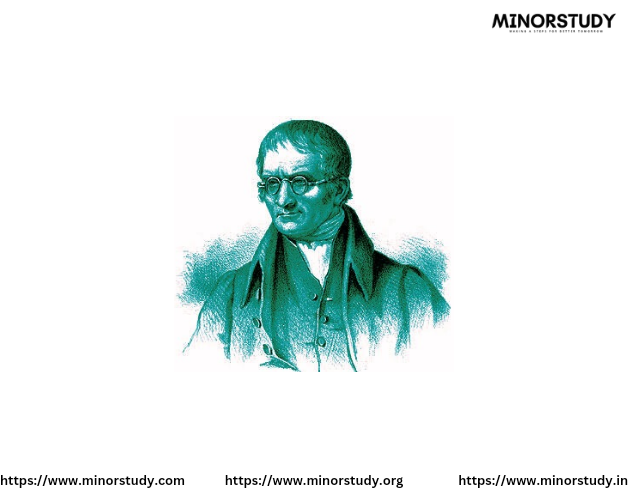Rosalind Franklin
- Minorstudy Web blogs
- Dec 6, 2024
- 3 min read

Rosalind Franklin (July 25, 1920 – April 16, 1958) was a British biophysicist and X-ray crystallographer whose work was crucial to the discovery of the DNA double helix structure. Although her contributions were not fully recognized during her lifetime, Franklin's research laid the foundation for understanding the molecular structure of DNA, RNA, viruses, coal, and graphite. Today, she is regarded as one of the most significant figures in molecular biology.
Early Life:
Born: July 25, 1920, in London, England, into a Jewish family with a strong academic tradition.
Franklin excelled academically from a young age and developed an early interest in science.
She attended Newnham College, University of Cambridge, where she earned a degree in chemistry in 1941.
Scientific Career:
1. Work on X-ray Crystallography:
Rosalind Franklin made groundbreaking contributions to the field of X-ray crystallography, which allowed scientists to study the atomic structure of materials by analyzing X-ray diffraction patterns.
At King's College London (1951–1953), she worked on the structure of DNA, using X-ray diffraction techniques to capture highly detailed images of DNA fibers.
2. Contributions to DNA Structure:
Franklin’s famous X-ray image, Photo 51, was key to determining the double-helix structure of DNA.
Her photographs and diffraction data suggested that DNA had a helical structure, a critical piece of the puzzle that led to the 1953 discovery of the DNA double helix by James Watson and Francis Crick.
Although her data was shared with Watson and Crick without her permission, it played a central role in their formulation of the double-helix model.
3. Research on Viruses:
After leaving King’s College London, Franklin worked at Birkbeck College, where she studied the structure of viruses, particularly the tobacco mosaic virus and polio virus, making key contributions to virology.
Her work on viruses further demonstrated her versatility and expertise in biological structures.
Challenges and Lack of Recognition:
Franklin faced significant sexism throughout her career, with her contributions often minimized or overlooked in favor of her male counterparts.
Watson and Crick used Franklin's data without her direct collaboration, and although they acknowledged her work later, she was not included in the Nobel Prize awarded in 1962 for the discovery of the DNA structure (a prize Watson, Crick, and Maurice Wilkins received).
Legacy:
1. Scientific Contributions:
Franklin's X-ray images and her understanding of the physical properties of DNA and viruses were critical in unlocking the structure of DNA, which is one of the most important discoveries in biology.
Her pioneering work also contributed to the understanding of RNA and virus structures, influencing genetics, molecular biology, and medicine.
2. Recognition Posthumously:
After her death, Franklin’s work gained increasing recognition. Her contributions to the discovery of the DNA structure have been fully acknowledged in later years, and she is now celebrated as a major figure in molecular biology.
In 2004, she was posthumously inducted into the National Women’s Hall of Fame in the United States.
3. Impact on Women's Role in Science:
Franklin’s career has been a source of inspiration for women in science, highlighting both the challenges women face in academia and the significant impact they can have in scientific discovery.
Interesting Facts:
Franklin’s image of the DNA molecule, Photo 51, was taken without her direct knowledge or consent by her colleague Maurice Wilkins, who showed it to Watson and Crick.
In 1956, Franklin was diagnosed with ovarian cancer, likely caused by her extensive exposure to X-rays. She died from the disease at the age of 37.
Franklin's legacy was championed by many in the scientific community, particularly after her death, when the importance of her contributions to the discovery of the DNA double helix became widely acknowledged.
Quotes:
"Science and everyday life cannot and should not be separated."
"In the case of science, it is better to know than to believe."
Significance:
Rosalind Franklin’s legacy as the "Dark Lady of DNA" highlights her pivotal role in the discovery of the DNA structure, despite the lack of recognition during her lifetime. Her perseverance, intellect, and scientific contributions have shaped modern biology and molecular genetics, leaving a lasting impact on science and inspiring future generations of women in research.











Comments